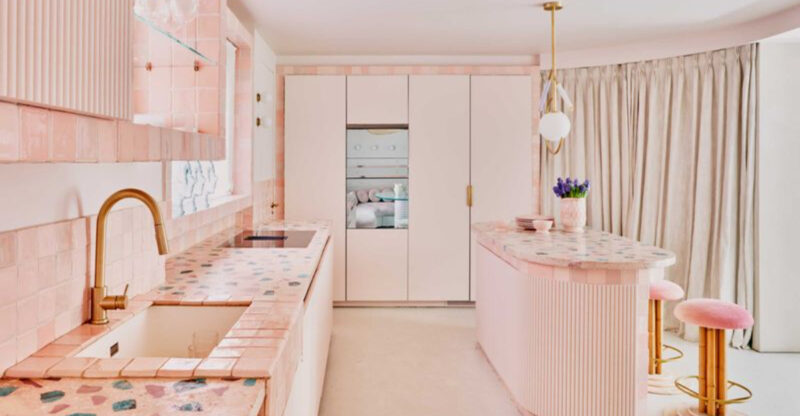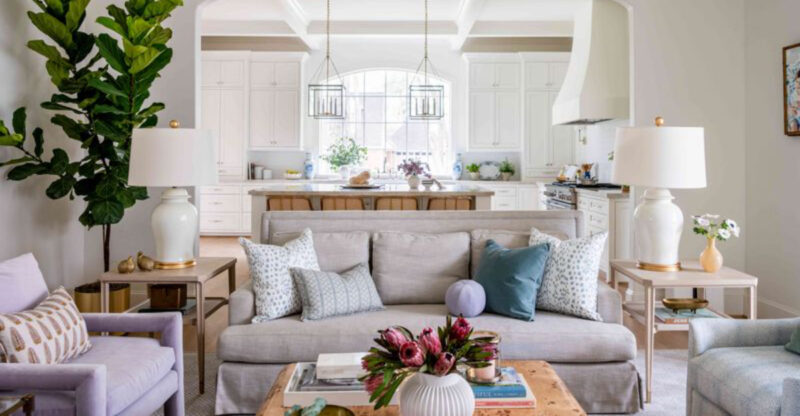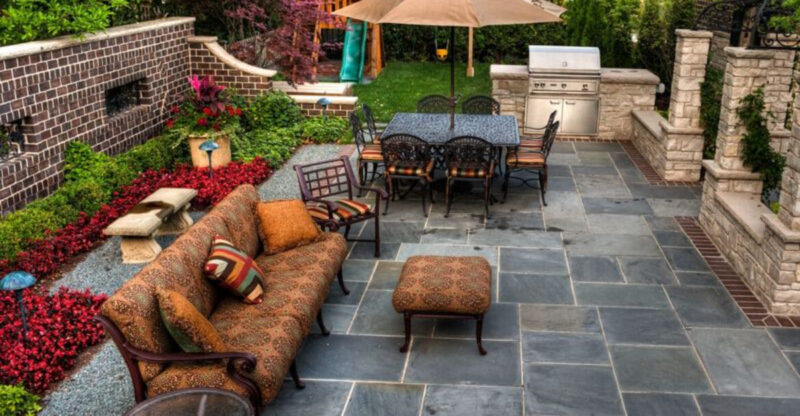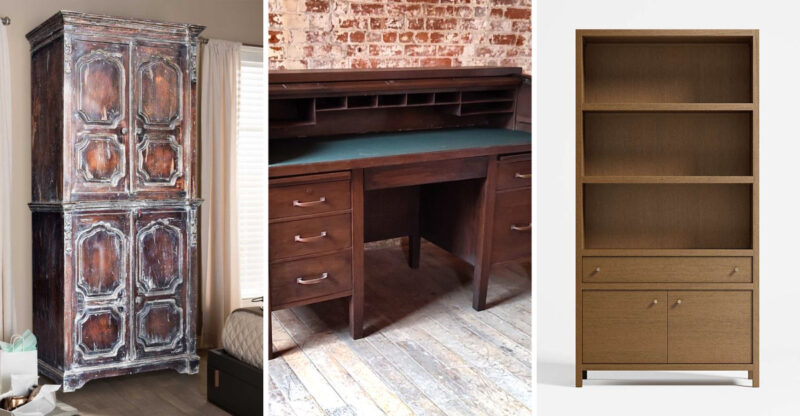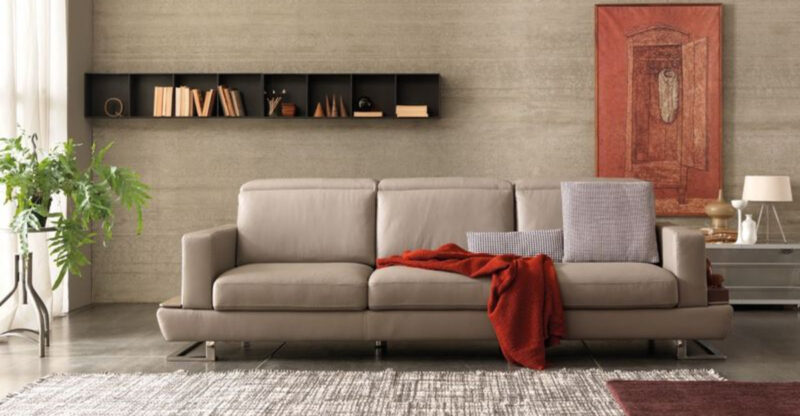7 Modern Couch Colors Designers Recommend And 6 Outdated Ones To Avoid

The color of your couch sets the tone for your entire living space. It’s not just about style – it’s about mood, balance, and longevity. Choose well, and your sofa becomes a timeless anchor.
Choose wrong, and it can make the whole room feel off, no matter how well-designed the rest is.
Designers understand how powerful color can be, especially on a piece this central. So which shades are making modern rooms feel intentional and elevated – and which ones are dragging interiors down? The answers may surprise you.
1. Warm Neutrals (Taupe, Mushroom)
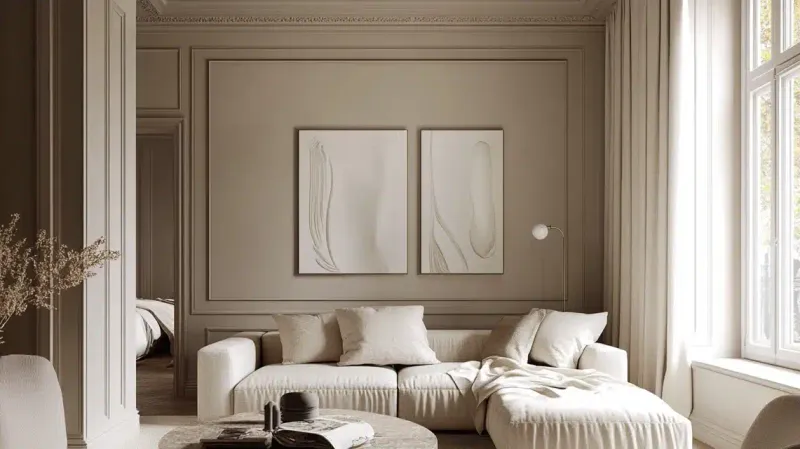
Soft earthy tones have replaced stark grays as the go-to neutrals in modern homes. These versatile shades bring cozy warmth while maintaining sophistication.
They complement nearly any decor style, from minimalist to bohemian, and hide everyday wear better than lighter options. Plus, they create a perfect backdrop for colorful accent pillows and throws when you’re ready for seasonal changes.
2. Earthy Greens (Olive, Sage)
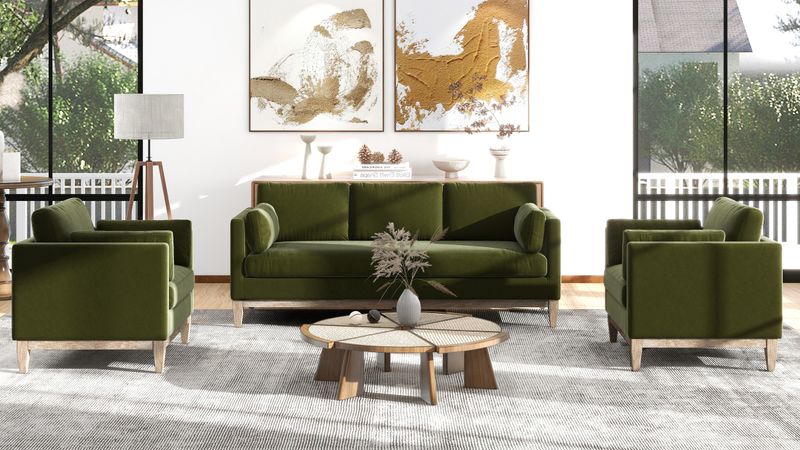
Nature-inspired greens bring the outdoors in, creating calm, grounded spaces that feel both trendy and timeless. These organic hues connect us to nature while adding subtle color.
Sage works beautifully in light-filled rooms, while deeper olive adds richness to cozier spaces. The versatility of these greens means they pair wonderfully with natural materials like wood, rattan, and stone for a harmonious living environment.
3. Charcoal Gray
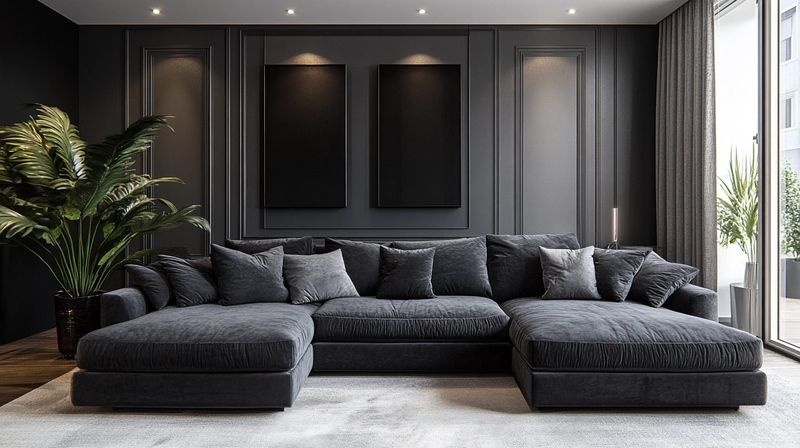
Unlike its lighter counterparts that have fallen from favor, deep charcoal remains a designer favorite for its urban sophistication. This moody neutral offers drama without the maintenance issues of true black.
Practical yet polished, charcoal sofas hide everyday wear while creating a perfect foundation for layering textures and accent colors. The depth of this shade adds architectural interest even to simple sofa silhouettes.
4. Soft Terracotta Or Clay
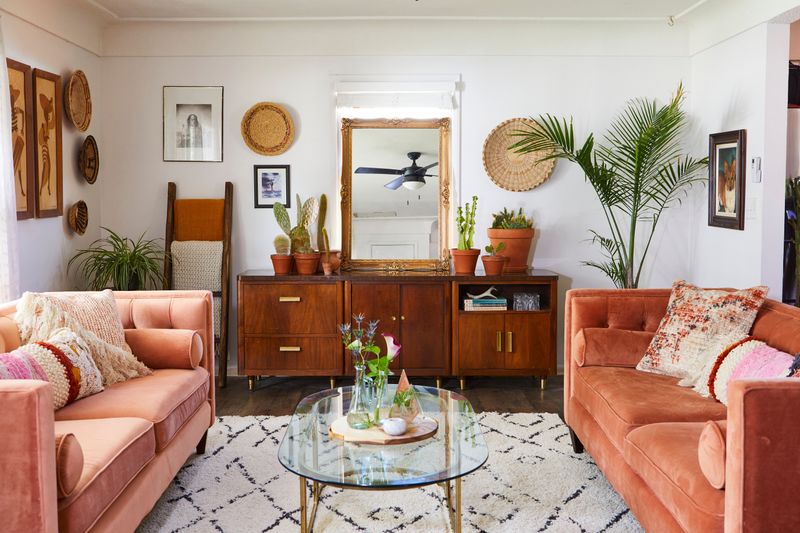
Warm, earthy terracotta has made a triumphant return, bringing sun-baked Mediterranean vibes to contemporary interiors. These sunset-inspired hues add instant warmth without feeling dated.
Designers appreciate how these colors create cozy, inviting spaces that still feel fresh. They pair beautifully with natural materials and plants, creating a perfect balance of comfort and style that works year-round.
5. Creamy Off-Whites

Softer than stark white but lighter than beige, creamy off-whites create airy, timeless interiors that never feel clinical. These warm neutrals reflect light beautifully, making spaces feel larger and more welcoming.
Performance fabrics have made these lighter shades more practical than ever. Designers love how these versatile hues create a perfect canvas for layering textures and statement pieces without competing for attention.
6. Deep Navy
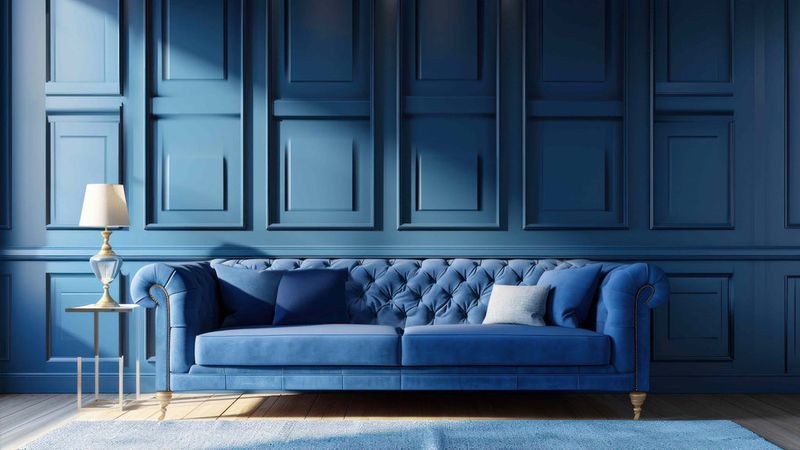
Bold yet timeless, navy couches add sophisticated drama without overwhelming your space. This rich hue functions almost like a neutral but with added personality and depth.
Designers love pairing navy with brass or gold accents for a luxe look. The color transitions beautifully between seasons and works equally well in traditional settings or contemporary spaces with clean lines.
7. Muted Blues Or Dusty Teal

Soft, grayed-out blues bring tranquility to living spaces without the coldness of clearer tones. These atmospheric hues evoke misty coastlines and moody skies, adding subtle color that never overwhelms.
Designers reach for these shades when creating serene, sophisticated interiors. The versatility of muted blues means they complement both warm woods and cooler metals, making them incredibly adaptable for various design styles.
8. Cherry Red
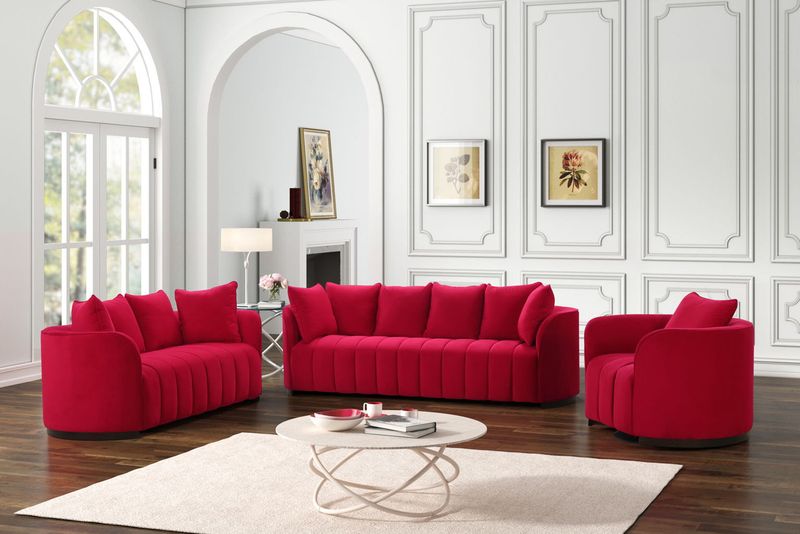
Once the bold statement piece of 1990s living rooms, cherry red sofas now read as dated rather than daring. This intense, somewhat artificial shade creates a visual heaviness that’s hard to design around.
Modern interiors favor subtler reds with earthier undertones like rust or terracotta. If you’re craving color impact, designers suggest incorporating vibrant reds through smaller, less expensive accent pieces that can be easily switched out as trends evolve.
9. Jet Black Leather
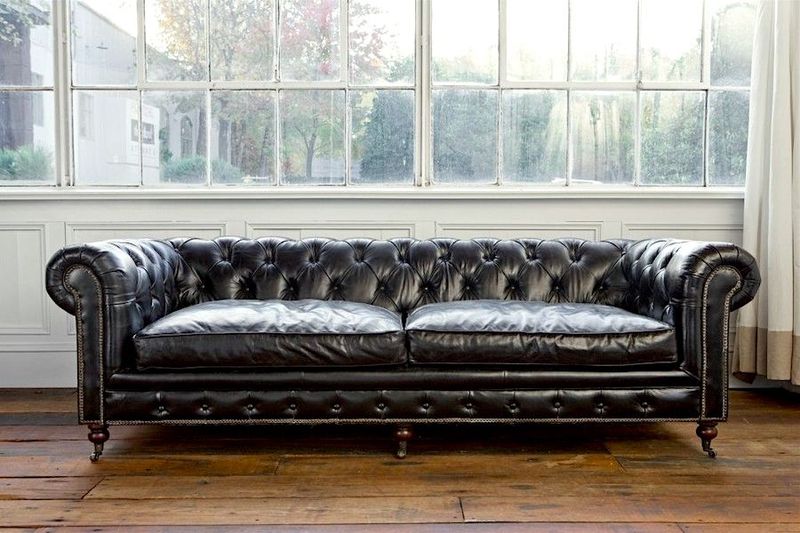
The bachelor pad staple of the early 2000s has lost its appeal as interiors move toward softer, more inviting aesthetics. These imposing pieces often dominate rooms with their heavy visual weight and stark contrast.
Black leather shows every speck of dust and pet hair, making maintenance a constant battle. Designers now prefer softer black fabrics with texture or deep charcoals that offer the same drama without the harsh, corporate feeling.
10. Bright White
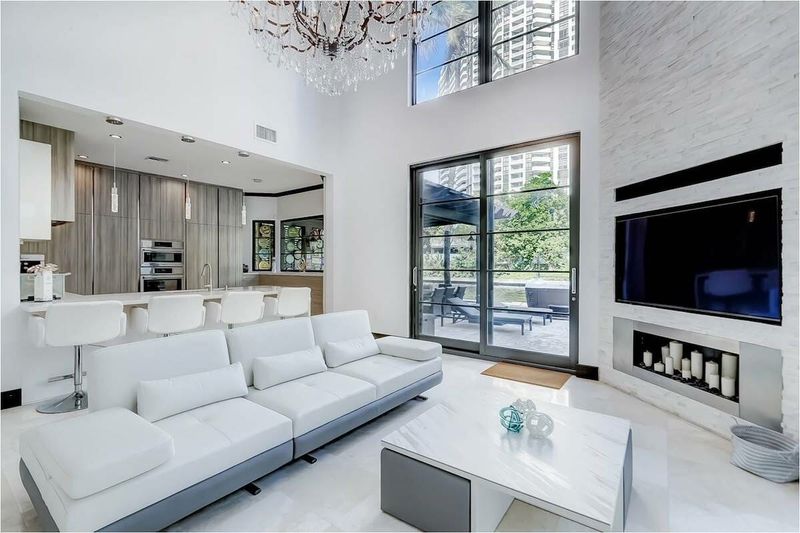
Despite its Instagram popularity, designers increasingly advise against stark white sofas for most households. These high-maintenance pieces quickly show every stain, making them impractical for real-life living.
The clinical brightness can make spaces feel cold and unwelcoming rather than serene. For those seeking light-colored options, designers recommend creamier whites with subtle undertones that add warmth while hiding minor imperfections better than their brilliant white counterparts.
11. Beige-On-Beige
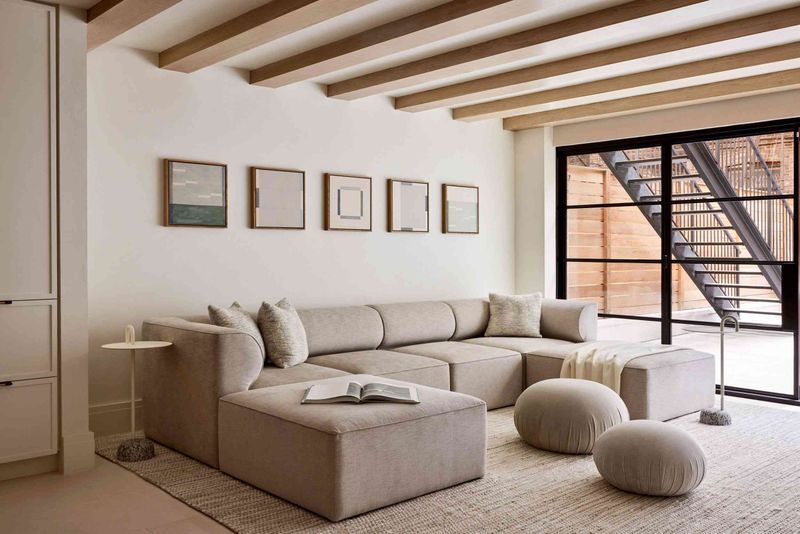
The ubiquitous beige sofa that dominated the early 2000s has fallen from designer favor. These flat, uninspired tones often read as builder-grade rather than intentionally selected.
Modern neutrals have more depth and character, with subtle undertones that add interest. Designers recommend warm taupes, mushroom tones, or greige (gray-beige hybrids) that maintain neutrality while offering more sophistication and ability to hide everyday wear.
12. Pastel Purple Or Mauve
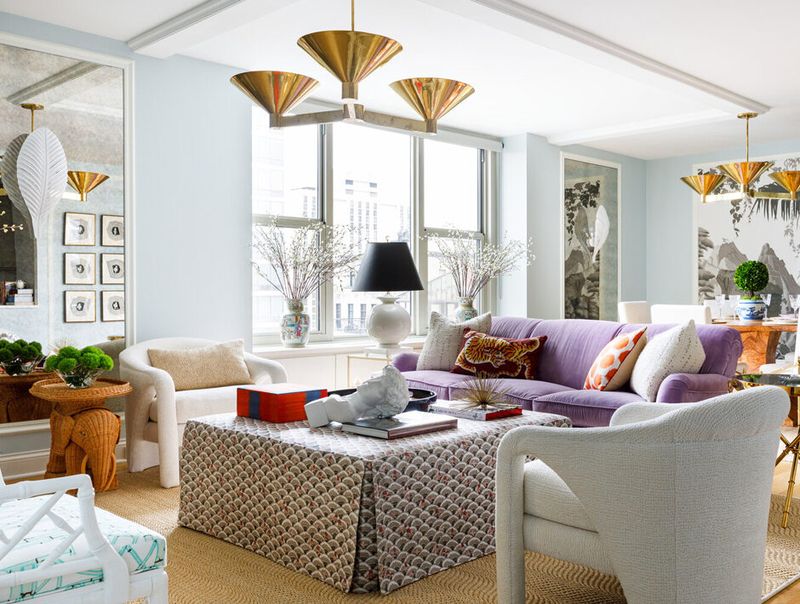
Those dusty lavender and mauve sofas that dominated 1980s and early 1990s living rooms have yet to make a convincing comeback. These sweet, often faded-looking hues can make even contemporary furniture silhouettes appear dated.
If purple tones appeal to you, designers suggest deeper, more saturated versions like plum or aubergine. These richer alternatives offer similar color family benefits with more sophistication and staying power in today’s interiors.
13. Pattern-Heavy Multicolored Upholstery
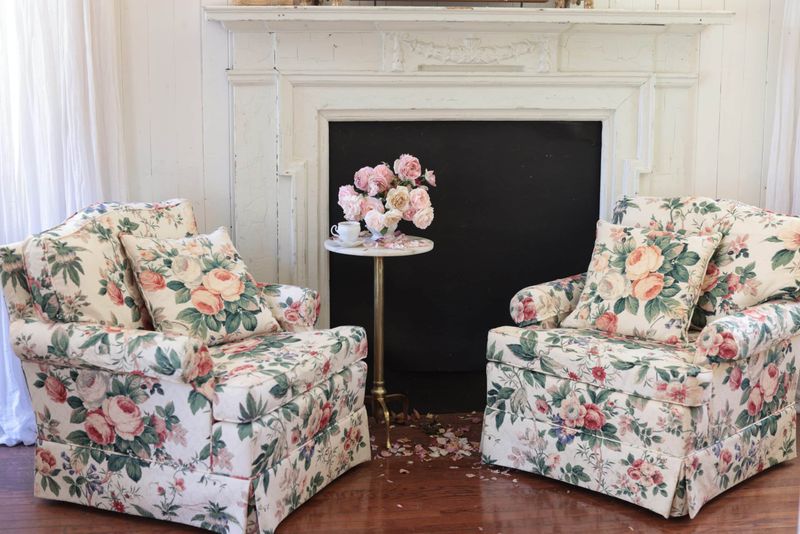
Busy floral prints and multicolored patterns that were once living room staples now quickly date an interior. These visually overwhelming fabrics leave little room for design evolution as your taste changes.
Today’s designers prefer solid-colored sofas paired with patterned pillows and throws that can be easily updated. This approach allows for more flexibility and longevity, letting you refresh your space without replacing major furniture pieces when trends shift.


